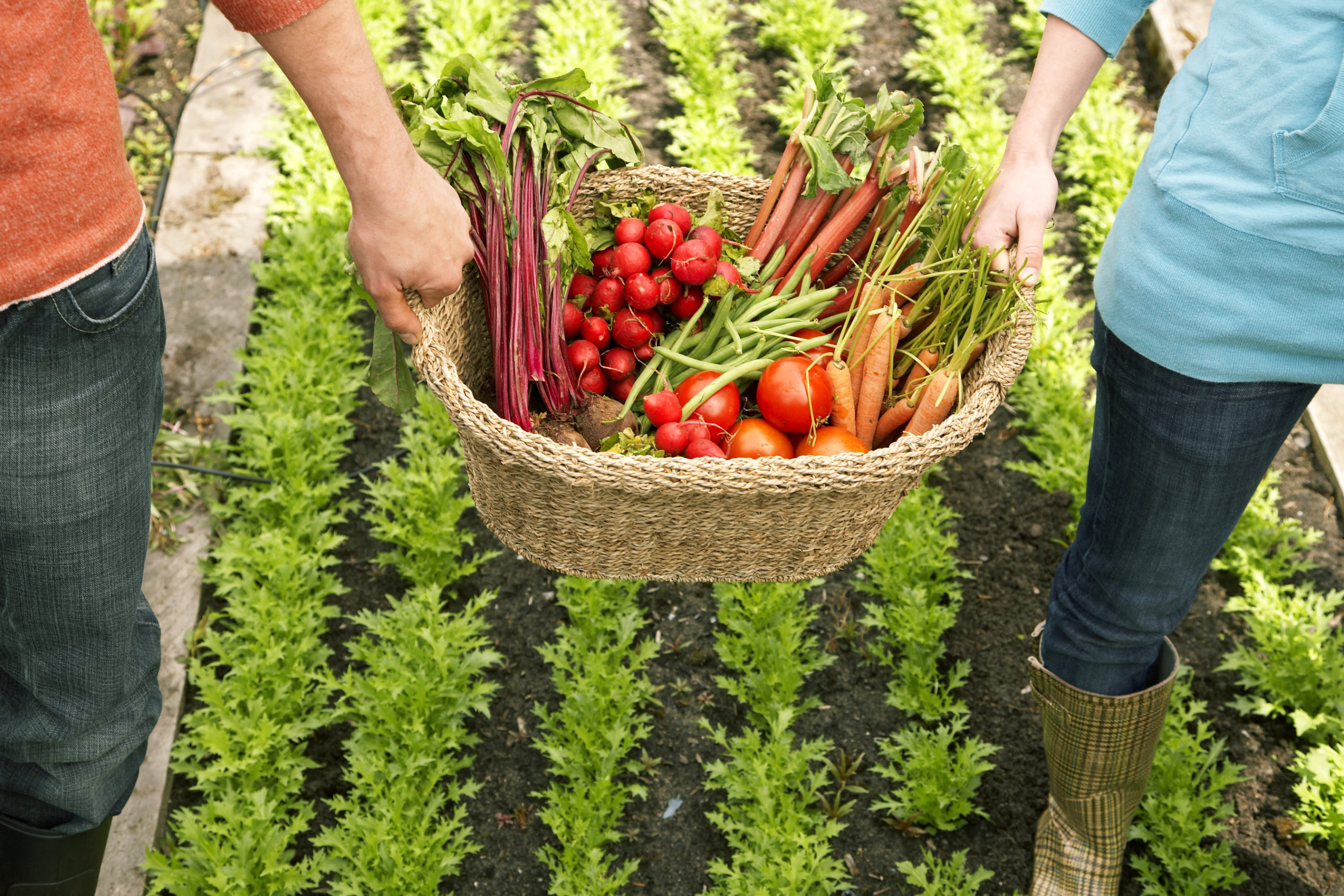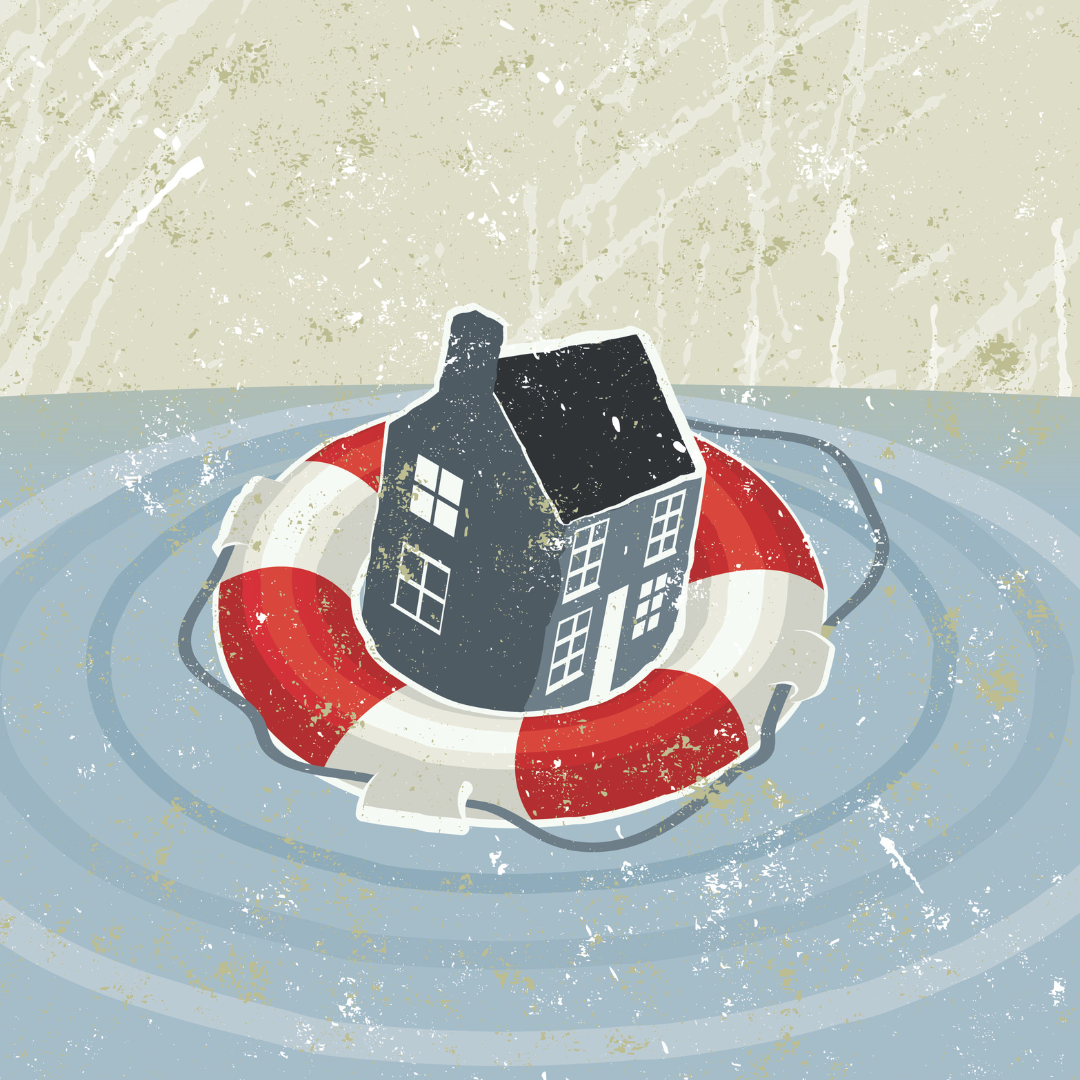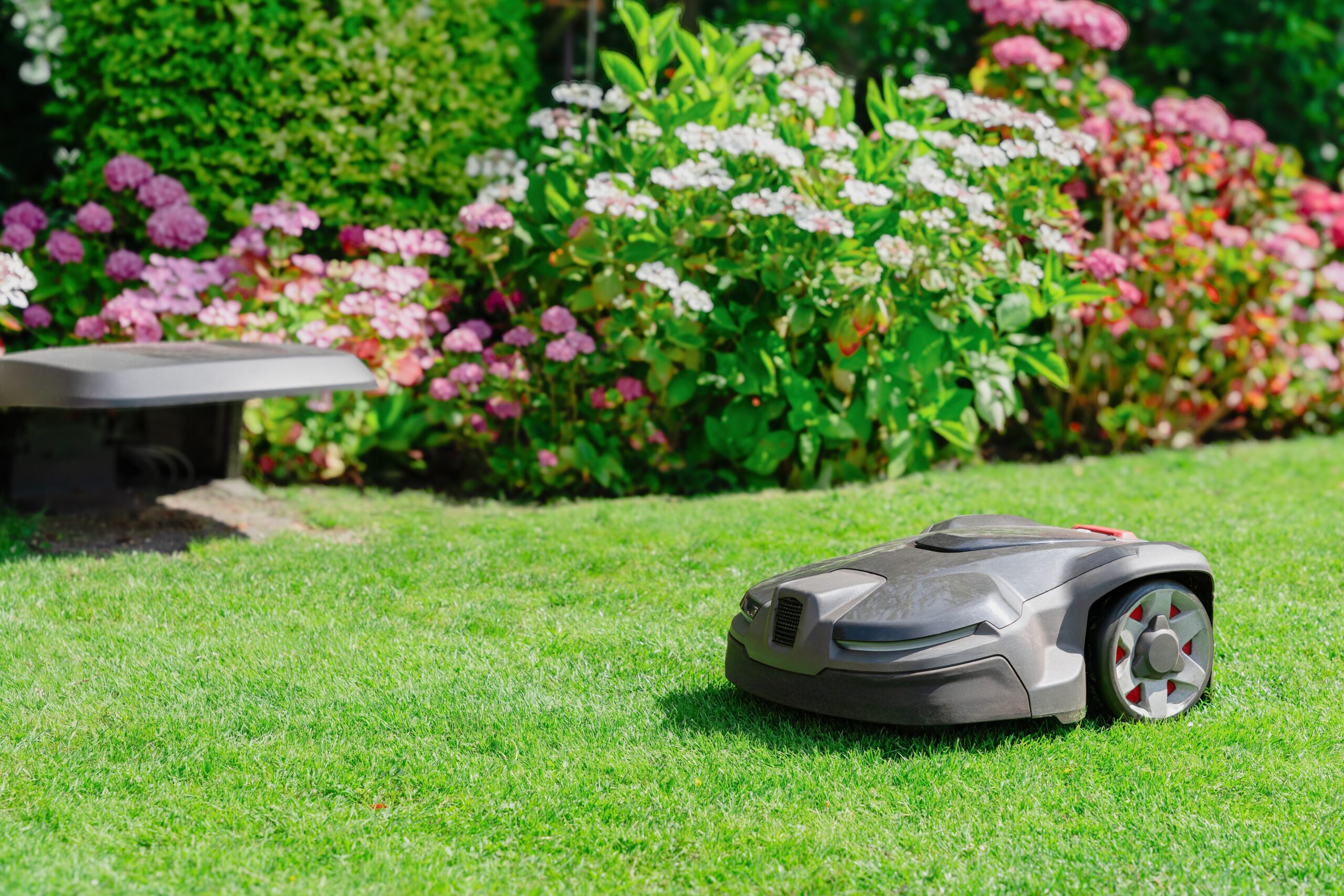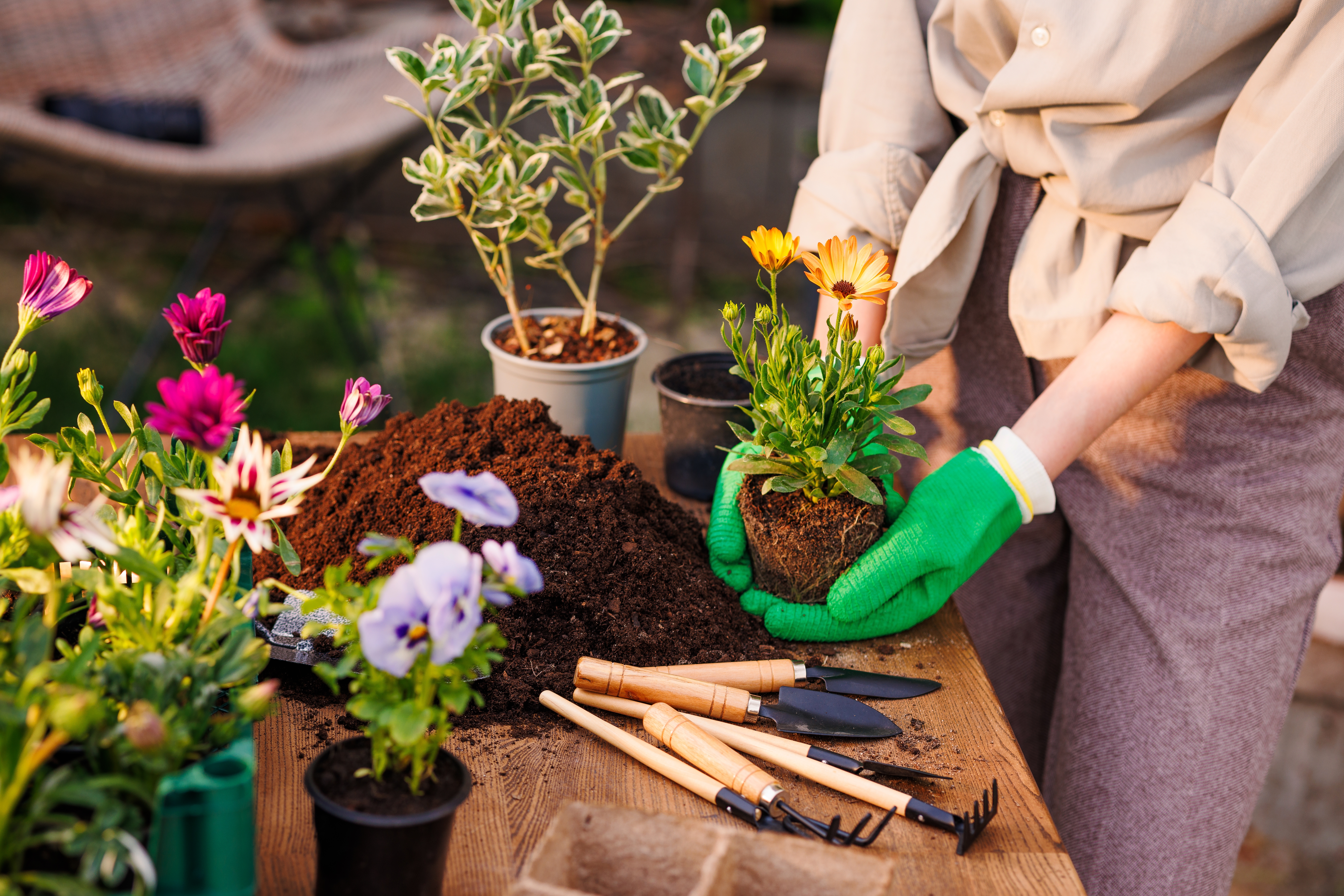by Elizabeth Rossbach
Llooking for a new hobby to pass the time and that has numerous health benefits? Try starting your own vegetable garden. Growing vegetables at home is not only a rewarding way to spend your time, but the vegetables taste better than store bought and will not contain potentially harmful chemicals or hormones. Here are some tips for getting started:
- Location. Choosing the right location for your garden is essential. Make sure you choose a place that gets plenty of sunlight. Most vegetables need at least 6 hours of direct light a day. You will also want to plant in moist but well-drained soil. You don’t want to set up your garden in an area that tends to have puddles or standing water. If you can’t find a spot on your property that has well-drained soil you can try planting your veggies in a raised garden bed.
- Start with a small plot size. Once you’ve chosen your location start with a small plot size. If you are a beginner gardener don’t overwhelm yourself with a large garden. Plant only what you know you and your family will eat.
- Make sure all your plants are easily accessible. When planting your garden make sure to leave paths between the rows so each plant is easily accessible for when you need to weed, water and harvest.
- Spend the extra money on quality seeds. While seed packets are generally less expensive the seeds are often not as high quality and may not germinate. A little bit of extra money spent on quality seeds from a local nursery seedsman can ensure that your time and money are not wasted.
- Planning is everything. Make sure you research which plants grow best at what time of year. There are “cool season” veggies that grow best in spring such as lettuce and spinach and “warm season” vegetables like tomatoes and peppers. You will also want to make sure you plan where each vegetable is going to go in your garden. For example, make sure you plant taller vegetables like pole beans or corn on the north side of your garden to they don’t block the sunlight for your smaller plants. If you can’t help but get shade in part of your garden reserve that area for “cool season” vegetables. You’ll also want to research each vegetable you plan on planting’s harvest period. Some plants mature quicker than others and will yield more than one crop per season. Knowing this information will allow you to better plan which vegetables to plant when and where in your garden to yield the best results.
- Pick compatible vegetables to grow together. For example, corn, beans, and squash grow well together because the corn provides a sturdy stalk for the pole beans to cling to and squash grows across the ground hindering the growth of weeds. A few other great combos are tomatoes, basil and onions or lettuce and peas or carrots, onions and radishes
- Water carefully. Most vegetable plants don’t need more than 1 inch of water per week, including rainfall. One of the most productive ways to water your garden is by using soaker hoses and drip lines either of these will slowly provide water to your vegetable plants which gives the roots time to absorb the moisture while keeping foliage relatively dry. Foliage that is too wet for an extended period of time can cause diseases. One way to help keep your watering habits consistent is to set up an automatic timer.
- Use Mulch. Adding a three-inch layer of organic mulch to your garden will help the soil retain moisture and stay insulated while hampering the growth of weeds.








Leave A Comment